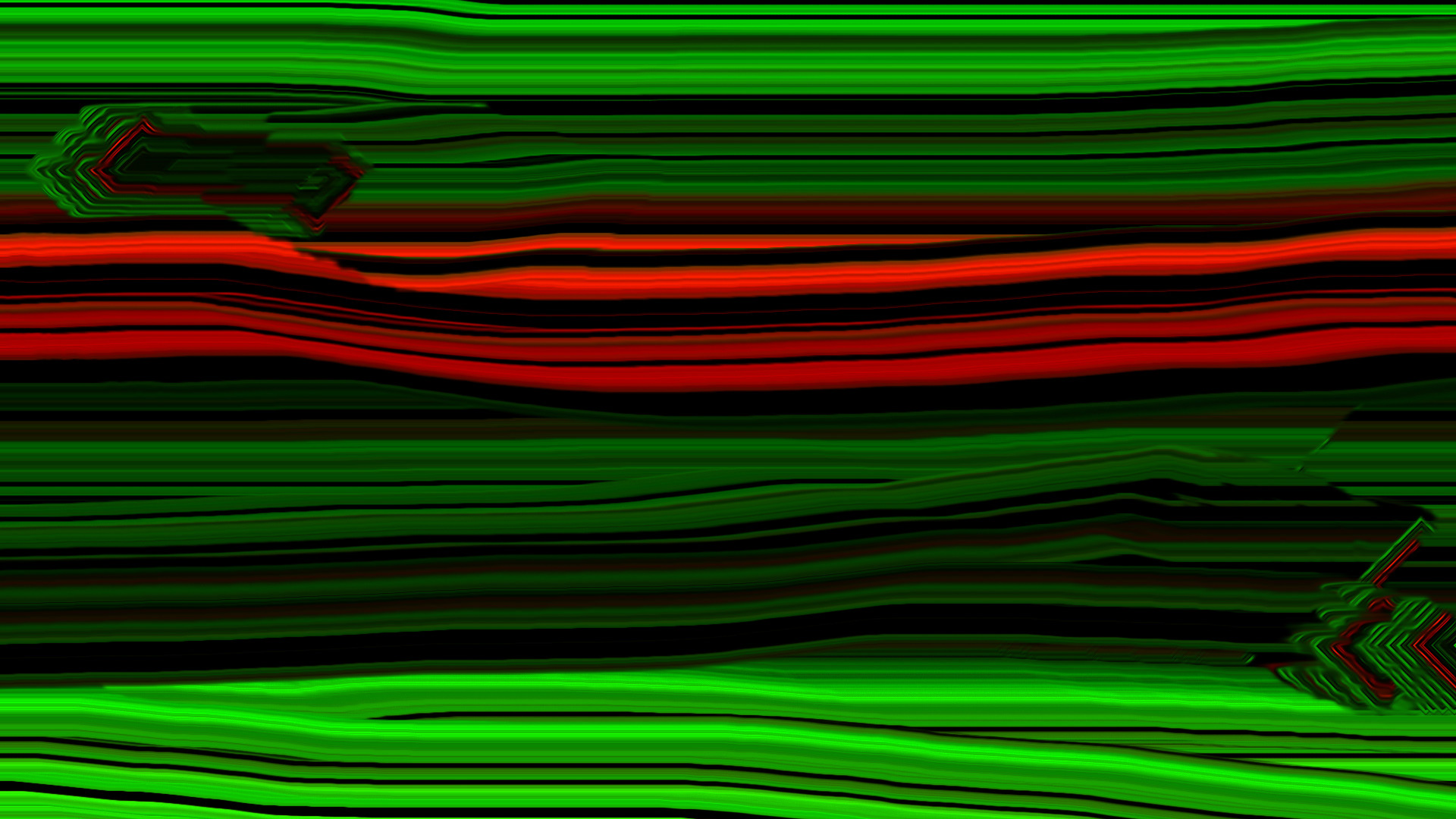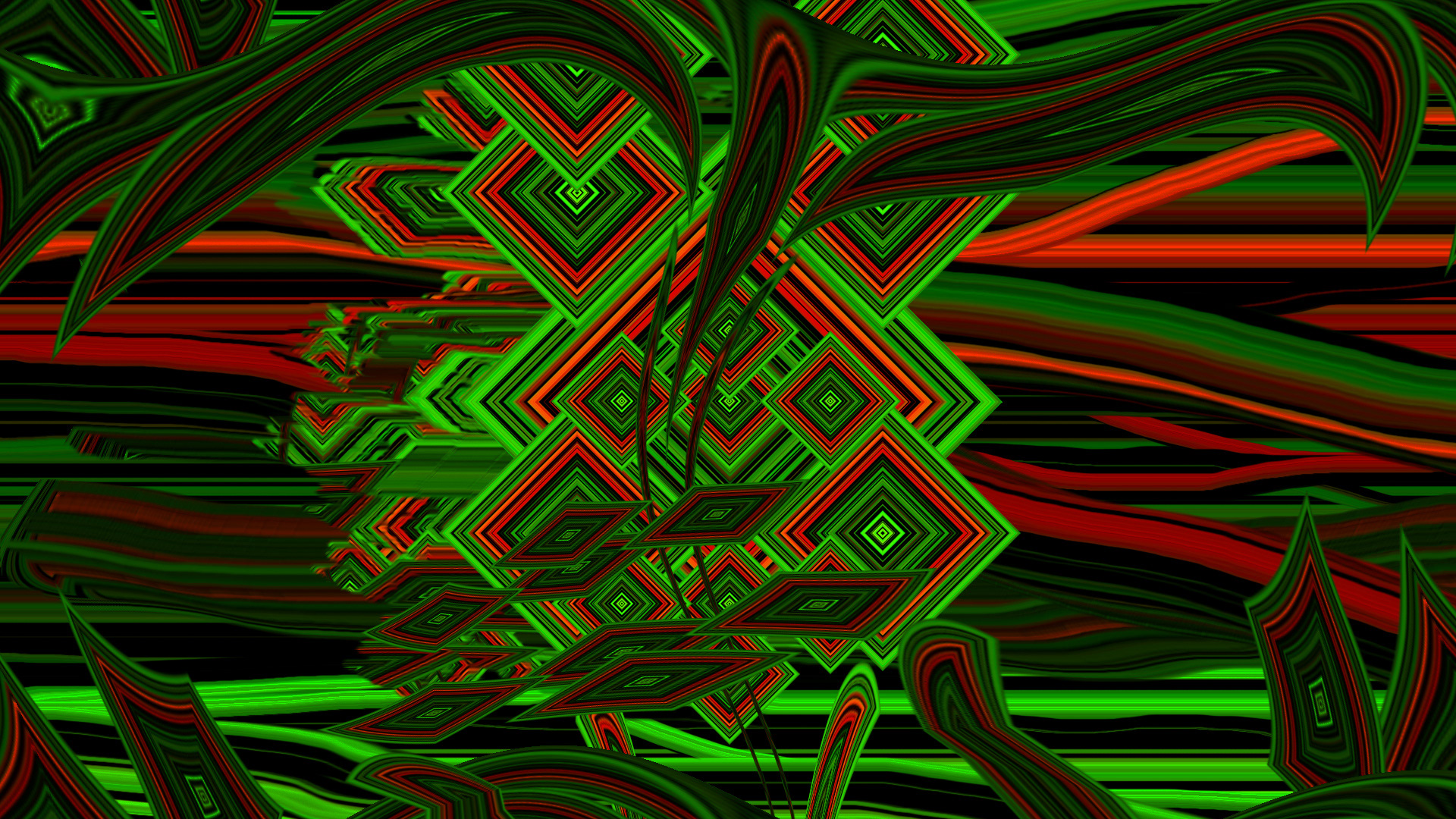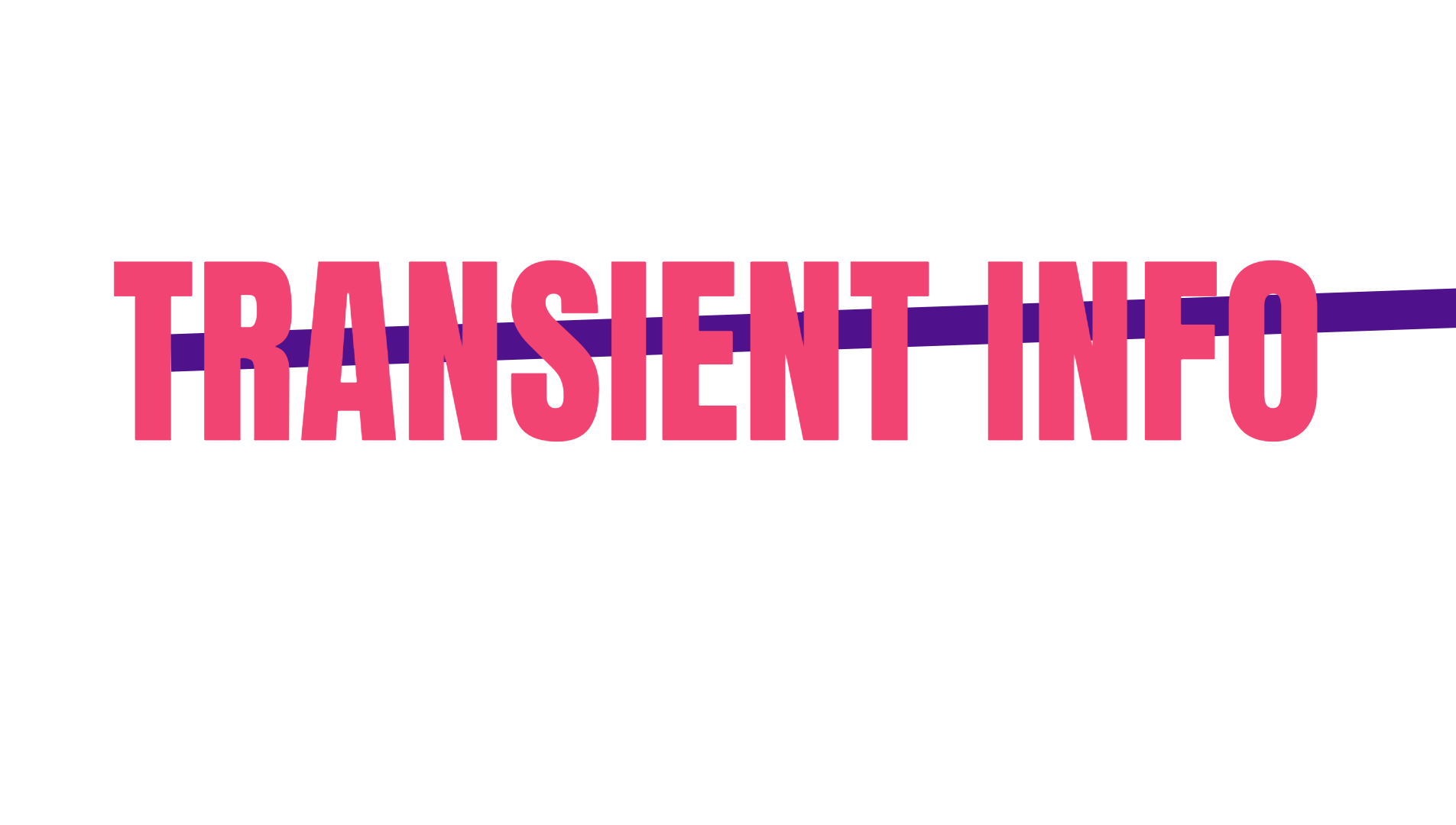


Namkhas serie
In an environment where information appears, multiplies, and dissolves in seconds, my NamKhas pursue the opposite: the deliberate absence of information. Built from true-random datasets (QRNG/TRNG, 1998 - 2025, including vacuum zero-point fluctuations), their color fields are patternless – no signal to model, no archive to stabilize. They refuse the predictive grammars that convert data into expectation, and in doing so, they stage a quiet strike against extractive machine reading.
If information today is incessant, fragmented, and volatile, quantum noise is its most faithful mirror: entropy as content, entropy as absence of consent. I treat this noise not as error but as material – an unstable, ephemeral informational substrate that cannot be summarized without being falsified. Each NamKha is thus a time-bound snapshot of indeterminacy, a digital artefact that undermines permanence by design.
The works are inspired by the Tibetan NamKha – traditionally precise, astrological, protective. I invert that code. My NamKhas are Machine Whisperers and Exorcists whose structure is chaos, whose authorship disperses into stochastic processes, and whose “archive” is a horizon of undecidability. Meaning does not emerge from message but from metaphysics: within “meaningless” noise resides a special, ritual potential – the possibility to host, shield, and reorganize experience without supplying legible content.
In the post-digital condition, where excess information erodes memory and identity, these pieces test whether non-information can be a form of care. They question authorship (who speaks – artist or entropy?), permanence (what persists when pattern doesn’t?), and the very function of an artwork as a repository of meaning. Instead, the NamKhas perform a fleeting ecology: signal withheld, agency redistributed, presence without capture.
Find more about the NamKhas series on https://horomox.com/namkha
Short Bio
Serge Aa (aka Horomox) uses external systems to relinquish control, making true randomness the core of his conceptual practice. Blending Eastern contemplative philosophies with quantum and bio-computing, he probes ecology of consciousness and sets randomness in friction with AI across paintings and text. Since the mid-1990s he has built semi-generative works via rudimentary neural nets trained on quantum-level noise drawn from QRNG devices. In 2004 he proposed AI-proof art, using true randomness to evade the patterns machines require; this evolved into OArt, a metaphysical paradigm withstanding AI singularities. His recent MindWare series explores Organoid Intelligence raising ethics of brain-organoid use and mind extractivism.
